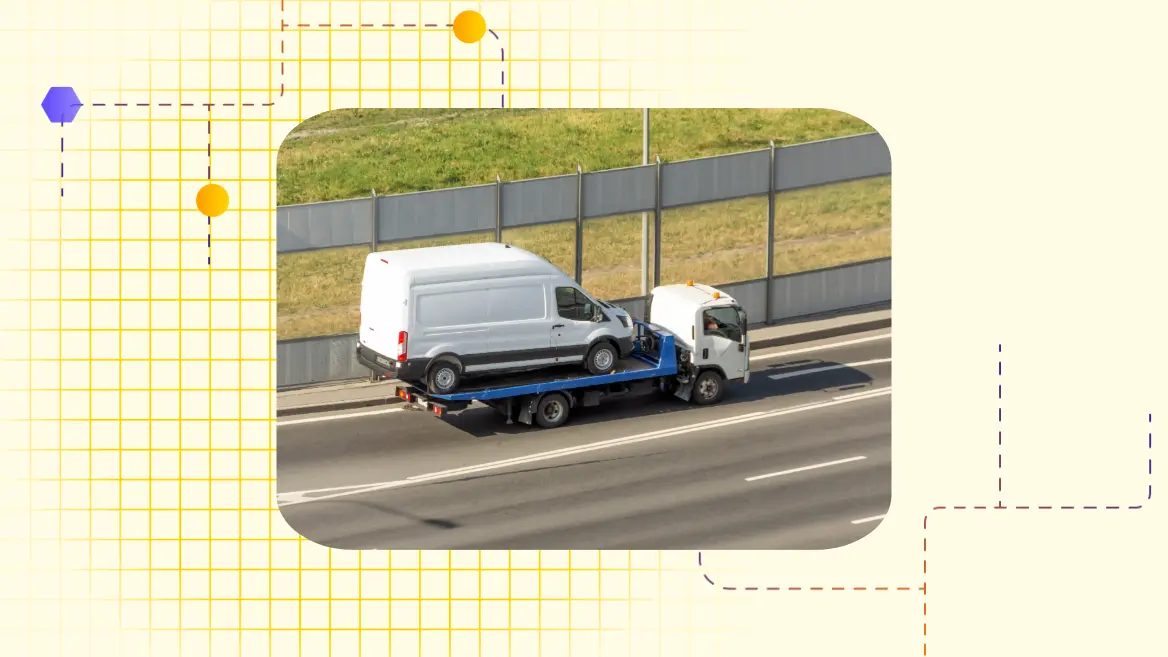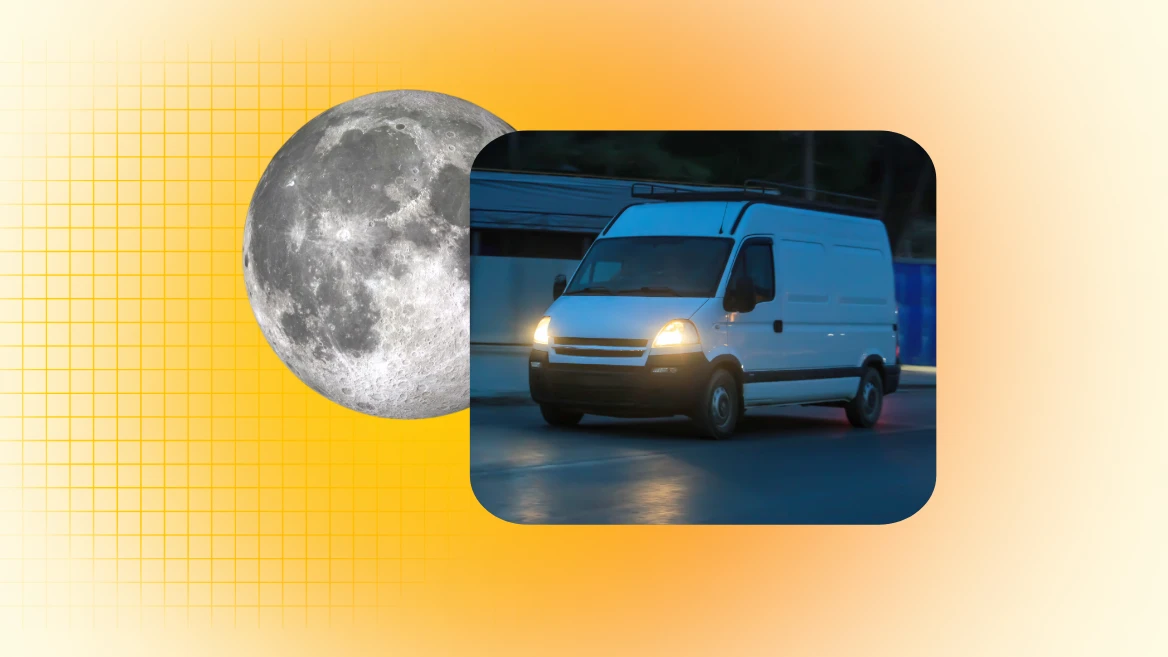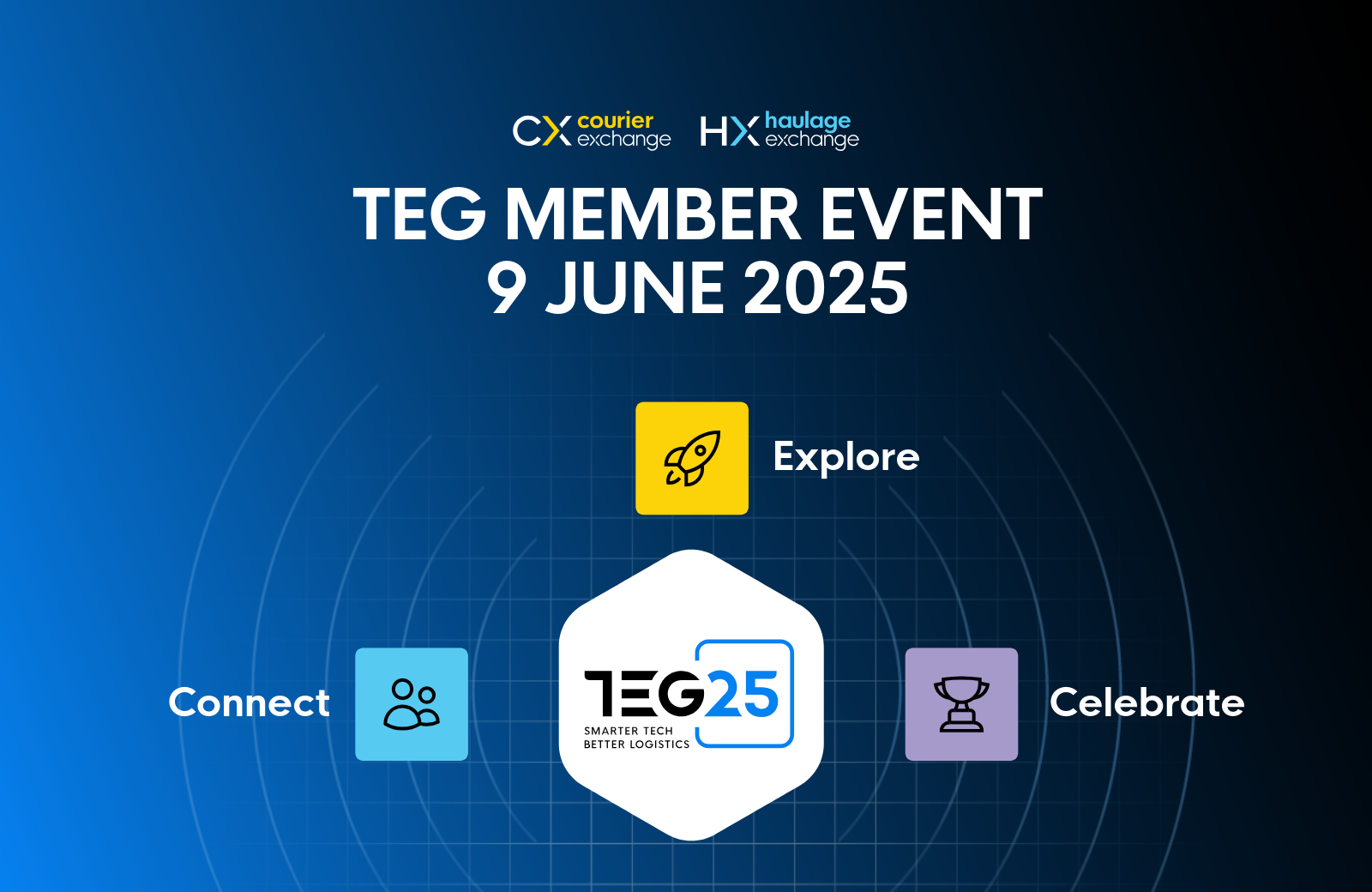So how has this winning combination – which blends human experience and know-how with next generation technology – helped them to compete and thrive in one of the most crowded and competitive sectors in the UK?
Co-founder Andy Martin explains, “To create a successful business you have to have a niche. Before starting the company, we had spoken to a range of different-sized businesses in the north west and discovered that most had grown tired of increasing prices and poor service.”
“In particular, companies fed back to us that a lack of communication was the biggest bugbear. It meant that they were losing money every day and, in the worst-case scenario, valuable customers. We realised very quickly that if we could solve this issue by providing them with greater transparency, there was scope and a clear gap in the market to create a very successful business.”
Prior to starting their own business, Andy and his business partner Stephen Doran had already amassed a powerful network of contacts. But with only three vans, the most pressing challenge was to find a way of scaling up their fleet before they could make good on their USP. They found the answer by joining Courier Exchange, the largest freight exchange platform in the UK.
Mr Doran recalls, “Courier Exchange gave us instant access to a skilled, experienced, and most crucially, a compliant fleet of over 8,000 drivers.”
Almost overnight we could satisfy customer demand. In the space of six months, our order book quadrupled in size.
With that barrier removed, the pair were able to put in place a customer-centric strategy for their business, which is woven deep into the fabric of Quickline Courier’s DNA. But how did they succeed in making industry-leading customer service the central pillar of their business, and how do they maintain it?
Mr Martin says, “Again, it’s the combination of people and technology that’s the difference. When we post a load on Courier Exchange – which we do over 60 times a day every day – not only do we know that each driver on CX is compliant, but the online feedback system lets us see feedback on every job they’ve done. Therefore, we know that every job we post is carried out by an experienced and reputable courier company.”
But both believe that the feedback system, while exceptionally useful, needs to be used in “a more nuanced way to get the best out of drivers”.
“Behind every feedback entry, there’s a human being. While online feedback is very useful, we don’t use it in isolation. What do I mean? Well, it’s possible for someone to pick up one piece of bad feedback, which may be a one-off – or may actually not be their fault. Therefore, if a driver who we haven’t used before quotes on a load – and has a minor blot on their copybook, then we’ll give them an opportunity to prove themselves.”
“The Exchange’s direct booking system helps us in this way because it means that we can offer that driver an incentive. Our approach is very much if they do a great job for us transporting that first load, we’ll give them a much more lucrative load next time round, and do it through a direct booking.”
But driver selection aside, Mr Martin and Mr Doran recognised that offering a professional and timely service wasn’t enough. To really excel, they realised that Quickline Couriers needed to provide real-time updates to their customers. Thankfully, the Exchange provided the solution.
Says Mr Martin, “As a rule of thumb, we believe that if a customer has to call us and ask where their load is, we’ve failed them. The vehicles in our private fleet are all fitted with hardwire trackers, so when they’re sent on a job, we know exactly where they are in real-time and can share instant updates with our customers. We wanted to offer our customers the same service for loads that are delivered via the Exchange too.”
“By using Freight Vision and integrated telematics, we can track every load we post on the Exchange in exactly the same way, and best of all, updates can be sent to our clients automatically. The Exchange’s e-quotation system has also saved us several hours each day, as managing 20 quotes digitally is far less time consuming than fielding 20 calls.”
The efficiency and cost savings that CX has brought about has enabled Mr Doran and Mr Martin to grow the Quickline Courier’s private fleet and introduce nine different services.
Mr Doran says, “We’re excited about the future. Last year we moved into a 1000-square foot facility in Liverpool. This year, we’ll be doubling the size of our fleet in the next three months, and will be taking on more drivers. We’re able to do this thanks to the Exchange. Not only has it provided us with the revenue and time to add to our fleet and grow our business, but CX has given us the peace of mind that our new vehicles will always be fully utilised, while at the same time allowing us to further develop and strengthen customer relationships.”




